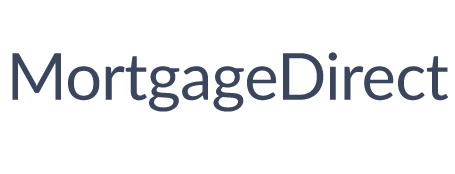Buy Now Pay Later users put on notice by credit agency
Buy now, pay later services like Afterpay have taken Australia by storm, and it’s no wonder. They’re actually there to make life easier for you and to save paying interest or having to get a credit card. But can using these payment services affect your chances of getting a loan ?
In a recent email to brokers and lenders, Equifax states that BNPL accounts and transactions will be included in credit reports from 24 July 2021.
“Expect to see two new BNPL account types available for accounts, enquiries and defaults,” the Equifax email reads.
So what does this mean for your credit score?
Don’t stress, time is on your side!
That’s because it’s still early days and Equifax wants to measure how much BNPL data could affect overall credit scores.
“The new BNPL Comprehensive Credit Reporting (CCR) account types will be quarantined from scores in the short term to prevent any unintended and inappropriate impact on scores. As data builds up over time, we will reassess,” Equifax explains in a FAQ here.
But, Equifax adds, BNPL accounts and transactions will be included in CCR scores as soon as they believe it is sensible to do so.
“We are moving cautiously as we have never seen these types of accounts before, so it is not possible to evaluate and reflect the relationship between [BNPL accounts and transactions] and risk accurately,” they add.
“Equifax will monitor the risk of these accounts as the data accumulates over time.”
But that doesn’t mean lenders won’t be paying attention
It’s worth reiterating that lenders will now still be able to see BNPL transactions and accounts in your Equifax credit report. According to a parliamentary joint committee this week, they’re already paying very close attention.
When Lenders assess your loan application, they often look at three months’ worth of bank statements to see what costs and expenses you have today, have had in the recent past and are likely to have going forward, to ascertain whether providing you with a loan is responsible lending or not.
If Lenders see multiple buy now, pay later transactions coming out of your account, it can definately raise some red flags.
But that’s not to say all buy now, pay later purchases will concern Lenders. For example, if they see you used Afterpay to buy a dress and you paid it off, they are likely to conclude that it doesn’t represent any risk to your ability to make loan repayments.
Get in touch today
If you’re worried about what a buy now, pay later account – or multiple accounts – could mean for an upcoming loan application, get in touch with us.
We’ll be able to run through it with you and give you some pointers on what you can do to get things sorted. Just talk to us.
Disclaimer: The content of this article is general in nature and is presented for informative purposes. It is not intended to constitute tax or financial advice, whether general or personal nor is it intended to imply any recommendation or opinion about a financial product. It does not take into consideration your personal situation and may not be relevant to circumstances. Before taking any action, consider your own particular circumstances and seek professional advice. This content is protected by copyright laws and various other intellectual property laws. It is not to be modified, reproduced or republished without prior written consent.

